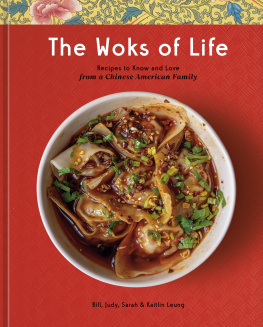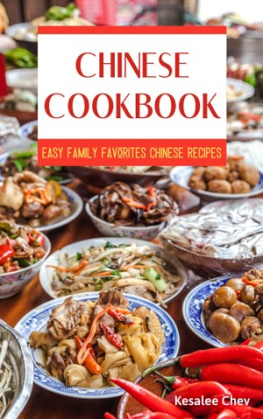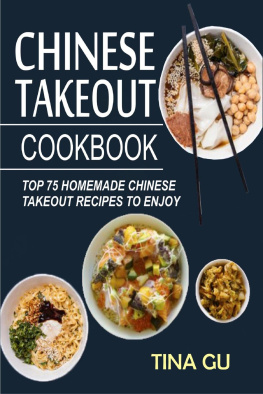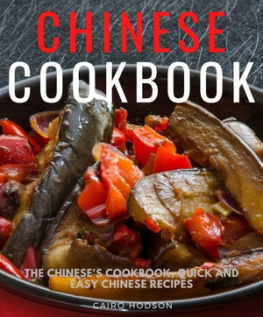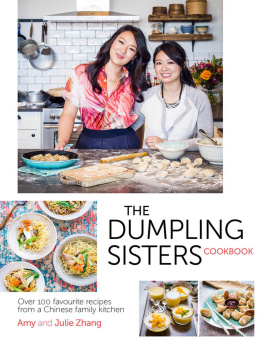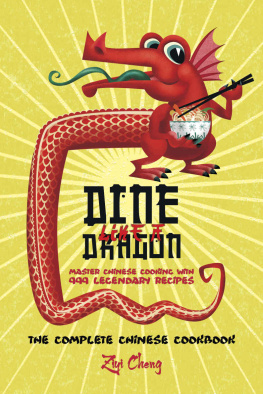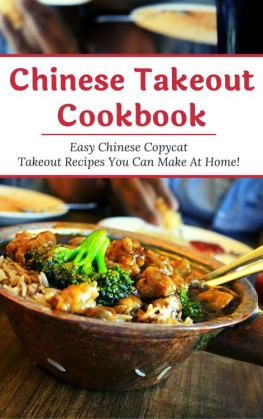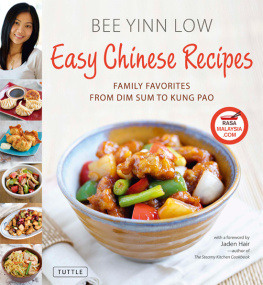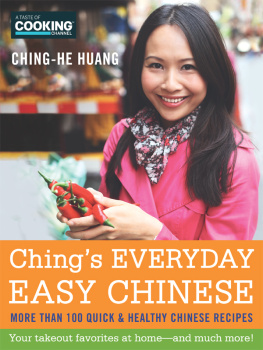Bill Leung - The Woks of Life: Recipes to Know and Love from a Chinese American Family: A Cookbook
Here you can read online Bill Leung - The Woks of Life: Recipes to Know and Love from a Chinese American Family: A Cookbook full text of the book (entire story) in english for free. Download pdf and epub, get meaning, cover and reviews about this ebook. year: 2022, publisher: Clarkson Potter, genre: Home and family. Description of the work, (preface) as well as reviews are available. Best literature library LitArk.com created for fans of good reading and offers a wide selection of genres:
Romance novel
Science fiction
Adventure
Detective
Science
History
Home and family
Prose
Art
Politics
Computer
Non-fiction
Religion
Business
Children
Humor
Choose a favorite category and find really read worthwhile books. Enjoy immersion in the world of imagination, feel the emotions of the characters or learn something new for yourself, make an fascinating discovery.
- Book:The Woks of Life: Recipes to Know and Love from a Chinese American Family: A Cookbook
- Author:
- Publisher:Clarkson Potter
- Genre:
- Year:2022
- Rating:5 / 5
- Favourites:Add to favourites
- Your mark:
The Woks of Life: Recipes to Know and Love from a Chinese American Family: A Cookbook: summary, description and annotation
We offer to read an annotation, description, summary or preface (depends on what the author of the book "The Woks of Life: Recipes to Know and Love from a Chinese American Family: A Cookbook" wrote himself). If you haven't found the necessary information about the book — write in the comments, we will try to find it.
The family behind the acclaimed blog The Woks of Life shares 100 of their favorite home-cooked and restaurant-style Chinese recipes in a very special book (J. Kenji Lpez-Alt, author of The Food Lab and The Wok)
This is the story of a family as told through food. Judy, the mom, speaks to traditional Chinese dishes and cultural backstory. Bill, the dad, worked in his familys Chinese restaurants and will walk you through how to make a glorious Cantonese Roast Duck. Daughters Sarah and Kaitlin have your vegetable-forward and one-dish recipes coveredput them all together and you have the first cookbook from the funny and poignant family behind the popular blog The Woks of Life.
In addition to recipes for Mini Char Siu Bao, Spicy Beef Biang Biang Noodles, Cantonese Pork Belly Fried Rice, and Salt-and-Pepper Fried Oyster Mushrooms, there are also helpful tips and tricks throughout, including an elaborate rundown of the Chinese pantry, explanations of essential tools (including the all-important wok), and insight on game-changing Chinese cooking secrets like how to velvet meat to make it extra tender and juicy.
Whether youre new to Chinese cooking or if your pantry is always stocked with bean paste and chili oil, youll find lots of inspiration and trustworthy recipes that will become a part of your family story, too.
Bill Leung: author's other books
Who wrote The Woks of Life: Recipes to Know and Love from a Chinese American Family: A Cookbook? Find out the surname, the name of the author of the book and a list of all author's works by series.

